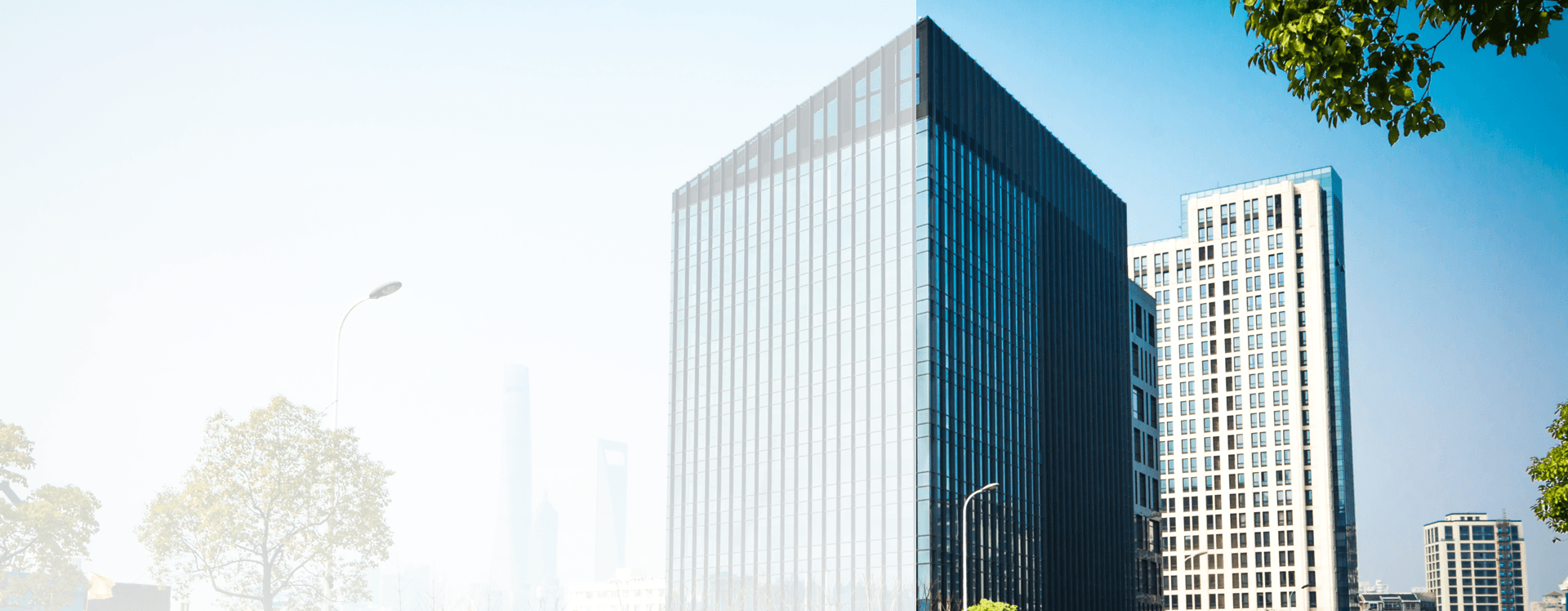
How Do Bedsores Develop?
A bedsore is known by many names: pressure ulcer, pressure sore, and decubitus ulcer. Bedsores develop when the blood supply to the skin is cut off for over two or three hours. With no blood supply, the skin begins to die, becoming a bedsore. If left untreated, the bedsore will only worsen, potentially rupturing and becoming infected.
Some bedsores are worse than others. While most bedsores are skin deep, others go much deeper, reaching all the way to the bone. Some of the worst bedsores can be life-threatening and take years to heal.
Can Pressure Sores Be the Result of Nursing Home Neglect?
Bedsores more commonly develop on the elderly, meaning that nursing home residents are at especially high risk. Older people can be at higher risk of developing bedsores if they’ve experienced nursing home neglect because it could mean the nursing home staff isn’t adequately seeing to their care.

Those who are immobile, bedridden, or rely upon wheelchairs are at the highest risk of developing bedsores. These seniors should be adjusted regularly every few hours to limit the risk of bedsores developing on the skin.
Bedsores most commonly develop where there is little muscle or bone, such as the back of the head, hips, ankles, toes, heels, tailbone, lower back, knees, and shoulders.
What Are the Stages of Bed Sores?
Doctors group bedsores into four main stages based on their severity.
Stage 1 is the least severe form of bedsore, only affecting the upper level of skin. Despite its relatively mild nature, it is still associated with painful symptoms like burning sensations, inflammation, and itching. Stage 1 bedsores may be resolved within a few days with proper care.
A Stage 2 bedsore goes deeper below the upper levels of the skin. Stage 2 bedsores are often associated with broken skin and open wounds; they look like nasty blisters and may ooze pus. They come with similar symptoms to Stage 1, but the pain is more severe. With proper medical treatment, Stage 2 bedsores can improve within one to three weeks.
Stage 3 bedsores go deeper, reaching the fatty tissue below the second layer of skin. Appearing like a crater in the skin and often associated with a foul stench, Stage 3 bedsores can quickly become infected. If the skin is red, it’s inflamed, potentially infected, and painful. If the skin is black, that means the skin has died. A Stage 3 bedsore may take up to four months to fully heal.
The most severe bedsore is classified as Stage 4. These pressure ulcers go deeper than the fatty tissue and may reach as far as your muscles, ligaments, and bones. The skin is infected, potentially dead, and the sore is deep and wide. The Stage 4 bedsore likely gives off heat and bad odors and could discharge pus. Stage 4 bedsores require immediate medical attention as they can be life-threatening. Even with the proper medical care, Stage 4 bedsores may take years to heal.
There is also the ‘unstageable’ bedsore, which goes so deep that the doctor cannot identify the bottom of the crater. The doctor cannot offer an accurate stage without seeing how deep the sore extends.
What Are the Warning Signs of Stage 1 Bedsores?
Stage 1 bedsores can be identified as areas that look and feel different from the surrounding skin. The area may be firmer or softer and appear red or purple. It may also have a different temperature than the surrounding areas of skin, either feeling warmer or colder to the touch.
If you suspect a bedsore, move the person to remove pressure from that skin area. The suspicious area of the skin should return to its normal color, firmness, and temperature within 30 minutes. If the skin does not return to normal, you could be dealing with a Stage 1 bedsore.

Another way to test for a Stage 1 bedsore is to press down on the area of skin that’s different from the rest. If all is well, that skin area should become whiter for a period and then quickly return to normal. If this doesn’t work, it could be a bedsore. However, this method of checking for bedsores may not work for people with darker skin tones.
Is There a Treatment for Pressure Ulcers?
Unlike the more extreme stages, a Stage 1 bedsore is easily treatable. Often caused by lack of movement or prolonged pressure on a certain part of the skin, the most straightforward treatment is moving the person and relieving that pressure. Other methods to treat the affected individual include ensuring that they have enough water to drink, food to eat, and are wearing clothing that is not causing friction against the skin.
Contact Our Law Firm Today to Schedule Your Free Consultation
If your loved one has suffered from bedsores, some treatments can easily help ease their pain. However, you must act quickly, or a Stage 1 bedsore may soon become more serious.
Nursing home residents should be properly cared for by their staff and attendants. If you have reason to believe that nursing home staff have failed in their duties to care for your elderly loved ones, you may have legal options available to you. Depending on the particulars of your case, these options may include filing a lawsuit against the facility.
To learn more about nursing home neglect cases, we strongly encourage you to reach out to our law firm to discuss your unique case. You may schedule a free case evaluation by calling our law office at (919) 277-0150 or by using our convenient online form.




